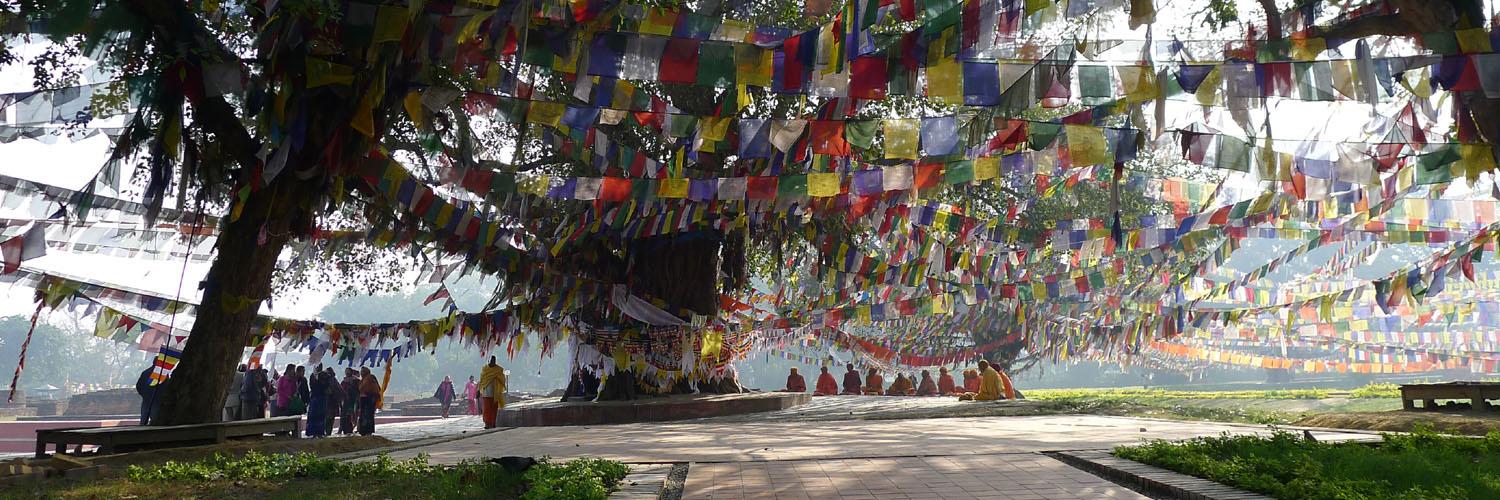1. What are the main highlights of the tour in Kathmandu?
The tour includes visits to iconic Buddhist sites such as Swayambhunath Stupa (Monkey Temple), Boudhanath Stupa, and other significant monasteries and temples in Kathmandu. It also offers insights into the rich Buddhist culture of the valley.
2. What is the significance of Lumbini in Buddhism, and what does the tour offer in Lumbini?
Lumbini is revered as the birthplace of Lord Buddha. This tour usually dedicates one day in Lumbini, providing opportunities to visit the sacred Maya Devi Temple, Ashoka Pillar, monasteries, and archaeological sites related to Buddha's life.
3. Are there opportunities for interaction with local Buddhist communities during this tour?
Yes, the tour often includes interactions with local Buddhist monks and communities, allowing travelers to gain insights into their daily practices, participate in meditation sessions, and learn about Buddhist traditions.
4. Is there any physical activity or trekking involved in this tour?
Generally, this tour is less physically demanding and doesn’t involve strenuous activities. However, there might be some walking or moderate exploration within the sites, suitable for most individuals with average fitness levels.
5. What is the best time of year to embark on this Buddhist Culture & Pilgrimage Tour in Kathmandu and Lumbini?
The ideal times for this tour are during the spring (March to May) and autumn (September to November) seasons when the weather is pleasant, allowing for comfortable exploration of the sites.
6. How much free time is typically provided during the tour for personal exploration or leisure?
While the itinerary is structured to cover the main sites, some free time might be included for personal exploration, shopping for souvenirs, or simply relaxing and absorbing the local ambiance.


